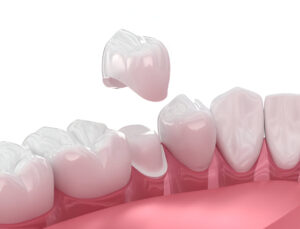Maintaining good dental health is essential not just for a confident smile but also for overall well-being. It impacts how we look, speak, and even eat. When it comes to enhancing dental aesthetics, two popular procedures stand out: veneers and implants. Veneers are thin coverings placed over teeth to improve their appearance, while implants are artificial tooth roots used to support dental prosthetics.
This blog aims to compare and explore these procedures in detail, discussing their benefits, drawbacks, and suitability for different needs. By offering insights into these dental options, the blog aims to help readers make informed decisions about their oral health and aesthetic improvements.
Unsure Whether Veneers or Implants are Best to Improve Your Smile?
Are you considering cosmetic dental treatments to enhance your smile? Our experienced dentists can help you decide between veneers and implants based on your specific needs and goals.
Get Appointment NowUnderstanding Veneers
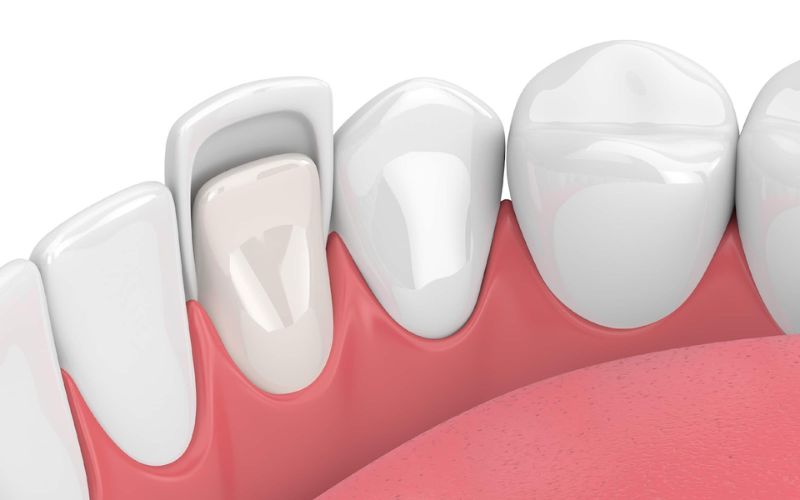
Definition and Overview
Dental veneers are thin, precisely crafted shells that are used to cover enamel’s front surfaces to enhance their look. Materials like porcelain or composite resin are used to create them. The idea of veneers originated in the early 1900s when they were at the beginning presented as a dental beauty technique. The dental era has advanced through the years, improving the veneer application process and increasing its effectiveness and accessibility.
Veneer Types
Porcelain Veneers: Made upon request in a dental lab, porcelain veneers are bonded to the teeth and are famous for their appearance and durability.
Composite Veneers: The dentist shapes those veneers without delay onto the enamel with the use of composite resin, which is then cured with a special light.
The Veneering Process
Consultation: Meeting with a dentist to discuss dreams and confirm oral wellness is the first step.
Customization: To make veneers that are precisely the right size, shape, and color, impressions of the enamel are obtained.
Application: A tiny bit of enamel is removed from the teeth to prepare them for the software visit. After that, veneers are fitted to perfectly match the teeth and cemented to them using dental cement.
Suitable Candidates
Candidates for veneers who are best fit have discolored teeth, worn, or fractured teeth or inconsistent spacing or problems with alignment are the most suitable candidates.
Advantages
- Improved appearance of the smile
- Enhanced self-assurance and superficiality
- Robust and resistant to stains
- Less change in enamel compared to crowns
Drawbacks
- Irreversible system (tooth removal)
- Potential for sensitivity
- Cost can be prohibitive for some
- Not appropriate for significantly damaged teeth requiring giant recovery
Understanding Implants
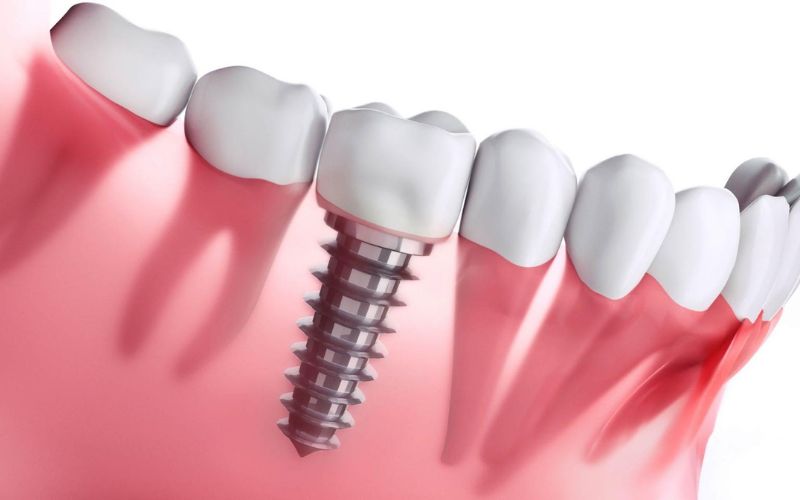
Dental implants are modern prosthetic health solutions to fill in the gaps left by missing teeth. They offer so many benefits over traditional dentures or bridges. They have a great history that goes back to ancient times; however, modern developments indicate that it is becoming more and more the dental instrument of preference.
Types of Dental Implants
Endosteal Implants: These dental implants are the most popular ones, and they are surgically placed within the bone of the jaw.
Subperiosteal Implants: The subperiosteal implants are positioned below the gum line but above the jawbone. They are used when the length of the bone for endosteal implants is not sufficient.
The Process of Getting Implants
Consultation: A full and in-depth consultation with a dental professional proceeds the journey. This is the initial phase of the treatment.
Implantation: After patient selection, it would be the procedure of putting in the implant. This surgical method includes osseointegration of the implant into the jawbone and suturing of the gum tissue closed.
Recovery: After the surgery, a phase of recovery and bone formation takes place. This is significant because it allows the implant to fuse with the surrounding bone.
Ideal Candidates for Dental Implants
Implant candidates who yield the best results are healthy individuals with adequate bone density in the jaw and good health in terms of gum. They must have a realistic understanding of the procedure and be ready to maintain healthy basic oral hygiene.
Benefits and Limitations
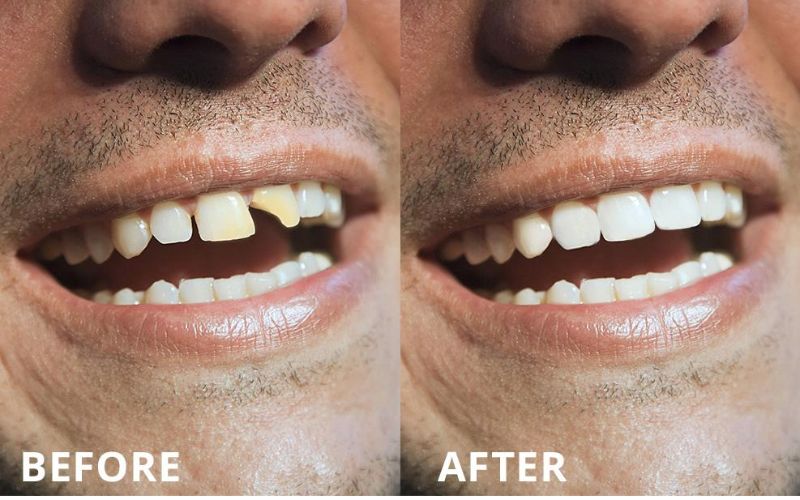
Dental implants provide numerous benefits such as beautiful smiles, normal functioning of the mouth, good oral hygiene, and strength to last a long time. The downstream are however demanding with surgical needs, potential complications, and accrued costs. The patients should carefully monitor these factors before they can undergo the treatment.
Veneers vs. Implants – Key Differences
| Dental veneers | Dental implants | |
| Purpose | Concealing aesthetic imperfections | Replacing missing teeth |
| Material | Porcelain or composite resin | Usually ceramic or titanium |
| Procedure | Enamel is removed from your teeth to place the veneers. | An implant is surgically fitted to your jaw, and later a crown is attached to the implant. |
| Longevity | Porcelain veneers: usually 10 years or longerComposite veneers: usually 5 years or longer | Can last a lifetime |
| Cost | Less expensive | Higher initial cost, but cost-effective long-term |
Veneers have little impact on tooth health, though, there might be some enamel removal needed when preparing. Implants keep teeth occupied and they discourage bone loss, and also face safety maintenance. Promote overall oral health.
Aesthetic Outcomes
Veneers offer a quick solution for slight defects and provide an immediate change in tooth look. Dental implants, on the other hand, are a more permanent and natural-looking alternative to lost teeth; thus, they are ideal when functionality and aesthetics need to be improved.
Factors to Consider When Choosing Between Veneers and Implants
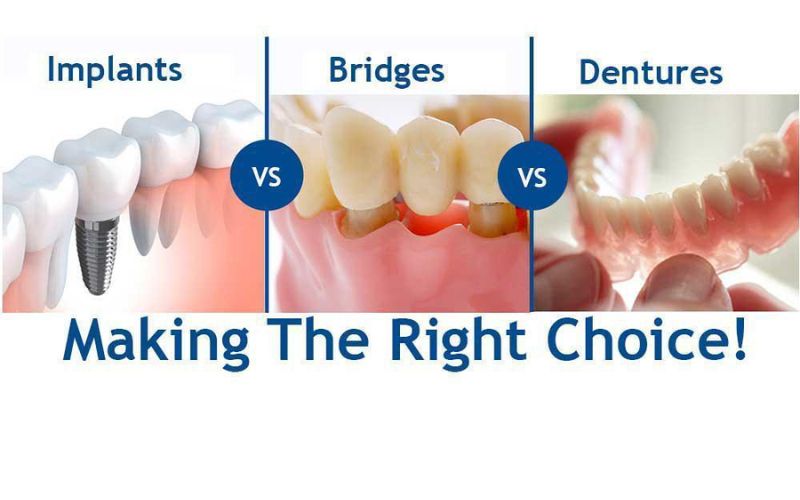
Dental professional consultation should be a compulsory step in the making of decisions about dental procedures. They evaluate the initial oral health conditions, making sure patients have enough typical bone density and sound gums. Professionals instruct on long-term resilience, maintenance needs, and a connection of expectations with qualified outcomes.
Financial aspects such as insurance coverage and the payment schedule should be discussed to make the treatments affordable. Constant meetings initiate a trusting link that encourages individualized treatment plan development and quick addressing of any issues. To sum up, dental professionals play an integral role in such a way that they are supplied with the proper guidance, thus people can make well-informed oral health decisions, enjoy optimal oral health, and satisfaction with dental interventions.
Also learn about: Dentist recommended diet after wisdom teeth removal
The Procedure Process in Detail
Veneers
A veneer process begins with an initial consultation and dental evaluation to determine whether this treatment is suitable for a patient. In the next steps, tooth preparation involves the tooth being slightly reduced and impressions are taken for customized veneers. Once done, the veneers are attached and checked for correct positioning before they are finally bonded in place.
Care and maintenance are integrated with the principles of daily oral hygiene, i.e. brushing, flossing, and regular dental visits for general check-ups as well as professional cleanings to ensure that the veneers not only function for long but also maintain the aesthetic appeal.
Implants
Implant treatment commonly commences with a thorough dental assessment and treatment planning to match the candidate’s aptness and proper placement. Surgical implantation requires the implant base to be fixed properly on the jawbone. In the next step, a healing period is a requirement for osseointegration where the implant and bone are fusing.
Following the crowing, the crown is re-implanted while the occlusion is fine-tuned for proper, healthy alignment. Maintenance procedures consist of regular cleaning, regular dental checks, and preventing any actions that may compromise the stability of the dental implant in the long run.
Care and Maintenance
Daily care for the veneers will consist of brushing with non-abrasive toothpaste, use of a soft-bristled brush, and gentle flossing. Just like what it does for implants, the same practices apply with a little emphasis on the cleaning process, this time around the implant area. It is essential to have a dental check-up every six months as it ensures prompt identification and treatment.
Professional cleanings add to the ability to remove the plaque and tartar buildup thus adding to lifespan. Preserving the longevity of the veneers or implants is supported by such practices as avoiding hard foods, tobacco use, and tooth grinding in excess, as well as by following the prescribed oral hygiene practices.
Latest Advances and Trends
The development of dental technology has paved the way for innovations in the materials and techniques in restorations like veneers and implants, e.g. stronger and natural-looking materials like zirconia for crowns and veneers. The new technology of digital imaging and 3D printing have been able to significantly change dental restorations, leading to the perfect customization of these and the possibility to produce them in shorter time periods.
Patient experiences and satisfaction rates have been boosted through these advancements, which has helped to reduce treatment times, improve aesthetics, and have a positive impact on functional outcomes. Ultimately, this leads patients to experience higher levels of satisfaction and a better quality of life.
Real Patient Stories
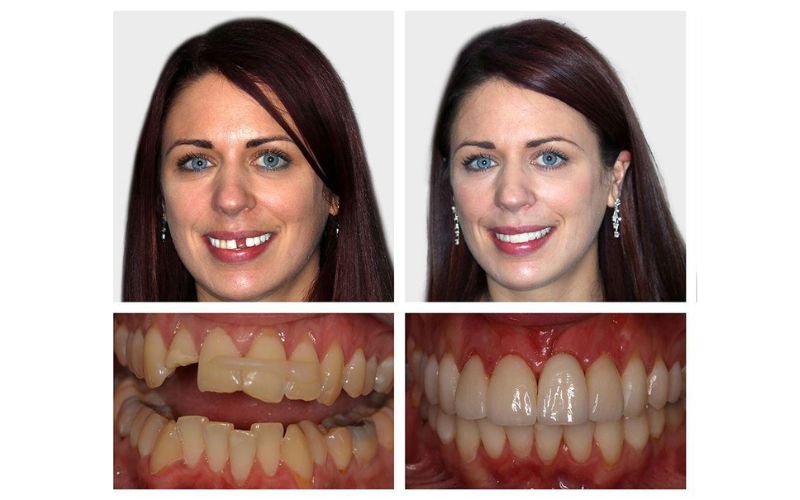
Sarah suffered from her smile’s looks and missing teeth and decided to visit the dentist. In the end, when she concluded, she picked veneers to fix minor defects and implants to substitute missing teeth. This procedure was smooth, the results surpassed her expectations.
Similarly, Mark was fed up with years of trouble which had been caused by chipped teeth, and unsatisfactorily smiling. As a result, he decided to look for dental solutions. Once he consulted with his dentist the journey started undergoing a series of changes involving the combination of veneers and implants. The process was well thought out and perfectly executed producing a face that met and even exceeded his wildest expectations.
Also explore: The advantages and disadvantages of deep cleaning
Conclusion
We looked at the most important points of veneers and implants which are their procedures, care, and the patients’ experience. These treatments provide the solution for the remodeling of oral health and aesthetics. Nevertheless, the selection between them should be made in consultation with a dental professional.
Dental procedures can be very significant to a person’s quality of life and confidence, sometimes changing someone from being shy to being more self-assured and cheerful. We provide expert care, personalized treatment plans, and a brighter, healthier smile that lasts a lifetime at Najmi Dental Clinic.


